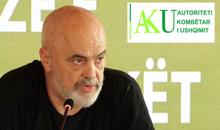
 Flash News
Flash News
Gunfire in Durres, a 30-year-old man is injured
Accident on Arbri Street, car goes off the road, two injured
Arrests of "Bankers Petrolium", Prosecution provides details: Exported and sold 532 billion lek of oil, caused millions of euros in damage to the state
Ndahet nga jeta tragjikisht në moshën 28-vjeçare ylli i Liverpool, Diogo Jota
Posta e mëngjesit/ Me 2 rreshta: Çfarë pati rëndësi dje në Shqipëri
The protest of February 20, as a sign that the opposition projects normality

Alfred Lela
Last night, thanks to the electrification produced by the opposition protest, there was more enthusiasm than the tired uterus of Albanian events has had for a long time.
The turnout was treated as abnormal, and the comparison was made with July 7, 2022, a demonstration of hope and strength, which is still fondly remembered in opposition circles in Albania.
The debate over the numbers could go on for a long time, as could the constant drone skits and overhead views of government stations, but the face of normality that the protests offered was hardly spoken of.
And no one can be blamed since normality has been considered its opposite for years.
Yesterday's protest should be seen not as a product of abnormality but of the opposite, the need for political normality.
Even the way Sali Berisha delivered the speech, with a pulpit and the usual opposition communication banner, was an attempt to convey normality. Those who could follow the protest casually, without any specific knowledge of Albania and its political context, would not be able to understand that Sali Berisha was a leader who spoke from isolation. Yesterday, Berisha seemed to speak from the square, in front of the protesters and physically in front of them.
His speech was also an exercise in normalcy, so much so that he seemed to mock the abnormality of Edi Rama with his own programming, with the living minimum, salaries, investments, Albania of the future, etc.
Berisha was an Albanian Navalny who sought to blind government oppression with Archimedean mirrors of the laws of normality.
While the head of the opposition was normalizing Albania, Edi Rama, since the meeting with Erdogan in Ankara, insisted on the opposite. The police presence on the Boulevard was such that it seemed as if it was not the Albanians who were protesting in Tirana but the Kurds in Turkey. The language, always ready to treat the country's opposition as abnormal from the pro-government medical push, even last night after the protest, was spreading bellicose toxins.
The civilian policemen in the crowd and accompanying the protesters, or the staging of 'investigations' in front of the Prime Minister's Office, was part of the government's scenario to keep the image of abnormality alive.
Another image of normality, which the opposition provided, is that last night on the Boulevard, Albanians were not patronized or forced by the boss from work in the state. They were Albanians with free will who taught everyone about freedom and normality, especially to those who consider normal the lack of dissent, opposition, and a power that continues without competition and beyond the law.
You saw the latter last night in the studios. Half stooped and surrendered; they finally accepted the opposition, but not the normality. Still haunted by it, still hostage to the need for the anomaly of power to be the modus vivendi of things.
But February 20, like last night like 33 years ago, remains a sign that a part of society returned the country to normality, precisely when normality seems impossible.
Bringing down the bust of Enver 33 years ago was bringing Albania back to normality. Demonstrating today that things are not as Edi Rama presents them is completely normal.
Latest news






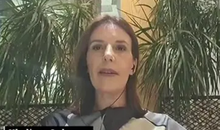

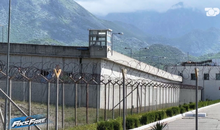

Greece imposes fee to visit Santorini, how many euros tourists must pay
2025-07-03 20:50:37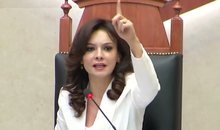
Don't make fun of the highlanders, Elisa!
2025-07-03 20:43:43
Gunfire in Durres, a 30-year-old man is injured
2025-07-03 20:30:52
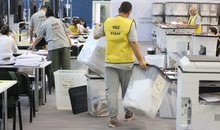
The recount in Fier cast doubt on the integrity of the vote
2025-07-03 20:09:03


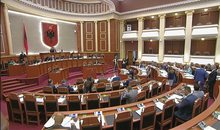

Heatwave has left at least 9 dead this week in Europe
2025-07-03 19:00:01

Oil exploitation, Bankers accused of 20-year fraud scheme
2025-07-03 18:33:52
Three drinks that make you sweat less in the summer
2025-07-03 18:19:35
What we know so far about the deaths of Diogo Jota and his brother André Silva
2025-07-03 18:01:56

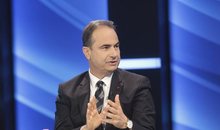

Another heat wave is expected to grip Europe
2025-07-03 17:10:58
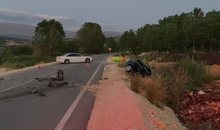
Accident on Arbri Street, car goes off the road, two injured
2025-07-03 16:45:27

Accused of two murders, England says "NO" to Ilirjan Zeqaj's extradition
2025-07-03 16:25:05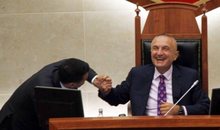
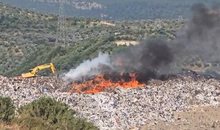



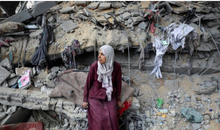
Gaza rescue teams: Israeli forces killed 25 people, 12 in shelters
2025-07-03 15:08:43
Diddy's trial ends, producer denied bail
2025-07-03 15:02:41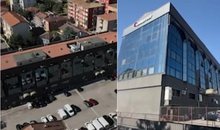

Agricultural production costs are rising rapidly, 4.8% in 2024
2025-07-03 14:55:13
Warning signs of poor blood circulation
2025-07-03 14:49:47
Croatia recommends its citizens not to travel to Serbia
2025-07-03 14:31:19
Berisha: Albania is the blackest stain in Europe for the export of emigrants
2025-07-03 14:20:19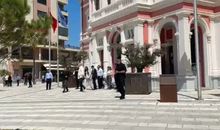

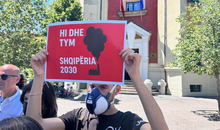
'Ministry of Smoke': Activists Blame Government for Wasteland Fires
2025-07-03 13:59:09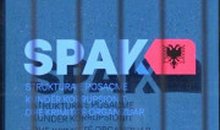

AFF message of condolences for the tragic loss of Diogo Jota and his brother
2025-07-03 13:41:36
Five healthy foods you should add to your diet
2025-07-03 13:30:19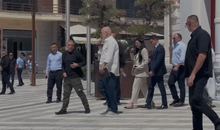


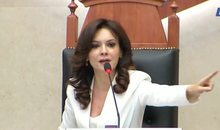
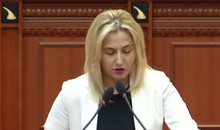


A unique summer season, full of rhythm and rewards for Credins bank customers!
2025-07-03 12:12:20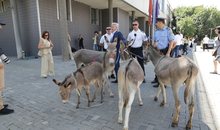

Fire situation in the country, 29 fires reported in 24 hours
2025-07-03 12:00:04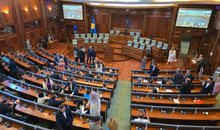
The constitution of the Kosovo Assembly fails for the 41st time
2025-07-03 11:59:57
The gendering of politics
2025-07-03 11:48:36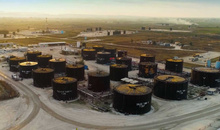

The price we pay after the "elections"
2025-07-03 11:25:39
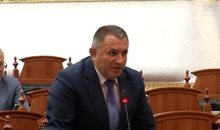
Xhafa: The fire at the Elbasan landfill was deliberately lit to destroy evidence
2025-07-03 11:08:43

The 3 zodiac signs that will have financial growth during July
2025-07-03 10:48:01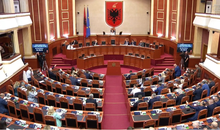
Democratic MP talks about the incinerator, Spiropali turns off her microphone
2025-07-03 10:39:24

Ndahet nga jeta tragjikisht në moshën 28-vjeçare ylli i Liverpool, Diogo Jota
2025-07-03 10:21:03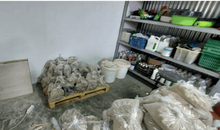
Cocaine trafficking network in Greece, including Albanians, uncovered
2025-07-03 10:10:12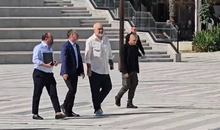
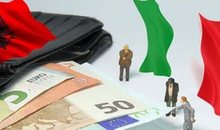

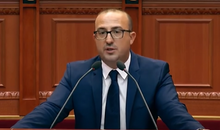
Korreshi: Election manipulation began long before the voting date
2025-07-03 09:39:13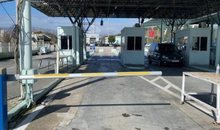
Arrest of Greek customs officer 'paralyzes' vehicle traffic at Qafë Botë
2025-07-03 09:28:41
After Tirana and Fier, the boxes are opened in Durrës today
2025-07-03 09:21:10
Enea Mihaj transfers to the USA, will play as an opponent of Messi and Uzun
2025-07-03 09:10:04

Foreign exchange, the rate at which foreign currencies are sold and bought
2025-07-03 08:53:50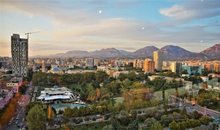
Index, Albania has the worst quality of life in Europe
2025-07-03 08:48:10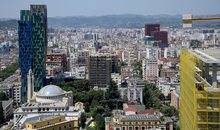
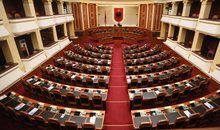

Horoscope, what do the stars have in store for you today?
2025-07-03 08:17:05
Clear weather and high temperatures, here's the forecast for this Thursday
2025-07-03 08:00:37
Posta e mëngjesit/ Me 2 rreshta: Çfarë pati rëndësi dje në Shqipëri
2025-07-03 07:46:48

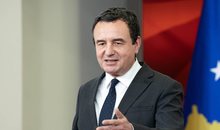

Lufta në Gaza/ Pse Netanyahu do vetëm një armëpushim 60-ditor, jo të përhershëm?
2025-07-02 21:56:08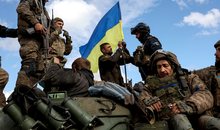
US suspends some military aid to Ukraine
2025-07-02 21:40:55

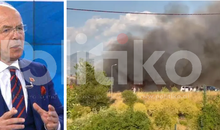
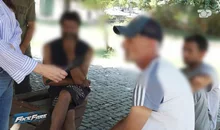
Methadone shortage, users return to heroin: We steal to buy it
2025-07-02 20:57:35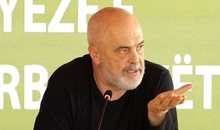
Government enters oil market, Rama: New price for consumers
2025-07-02 20:43:30
WHO calls for 50% price hike for tobacco, alcohol and sugary drinks
2025-07-02 20:41:53
